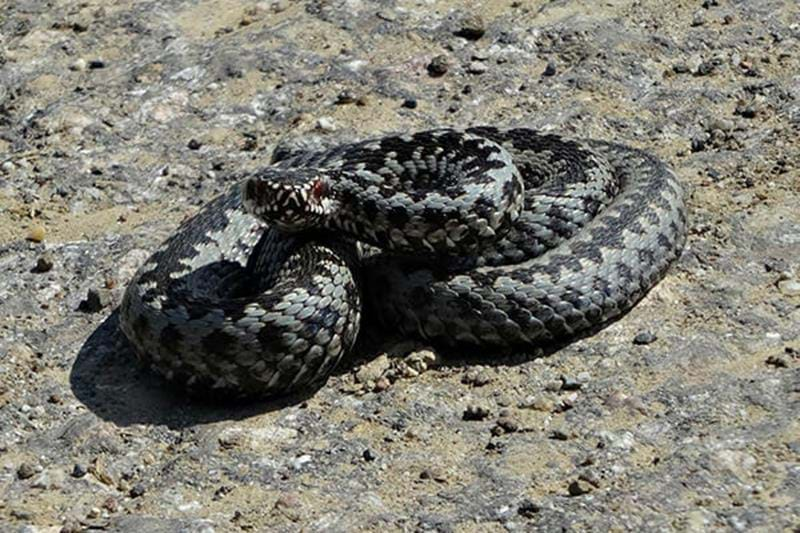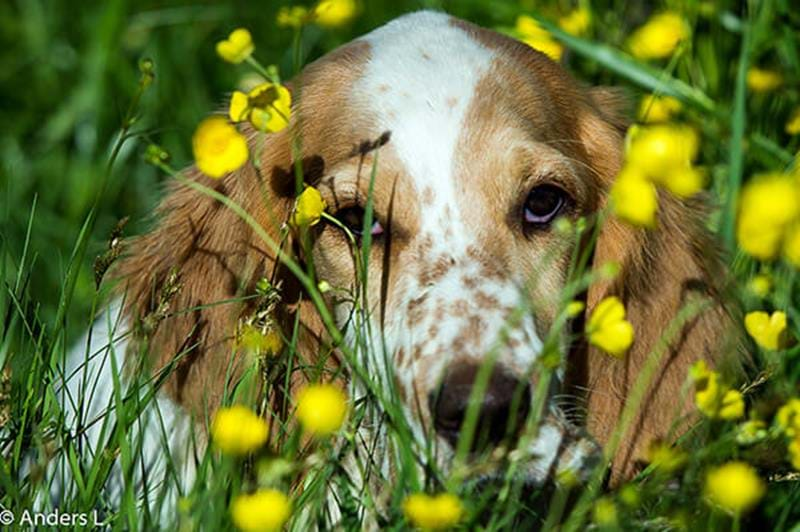We enjoy the heat, and even some dogs find it lovely when it’s starting to get warm in spring. But a dogs’ method of regulating their temperature is different from ours and is not as effective. As a result, they’re more easily affected by heat stroke, which can be a life-threatening condition for them. Here are some tips to help you keep your dog cool.
HEAT STROKE – DOGS ARE MORE LIKELY TO SUFFER
Dogs’ way of removing excess heat is different from that of humans. We humans sweat and can give off heat effectively and not get too hot. It is not possible for dogs to sweat, so they regulate their body temperature through, among other things, panting. However, panting is not as effective as sweating and therefore dogs are at higher risk of heat stroke. When the temperature rises, pay more attention to your dog and how warm they are to avoid heat stroke.
DOGS AND HEAT – TIPS
- Go walking in the mornings or evenings – Take the longer walks of the day in the morning or late evening when the temperature is usually lower. This way your dog can do longer walks without risking heat stroke. Take only short walks in the middle of the day.
- Avoid asphalt – Asphalt often gets very hot and your dog can burn and damage his paws. Try to find other types of surfaces to walk on.
- Shade and water – Make sure your dog always has access to a shady spot and fresh water. Wet food can be a good idea to give your dog a little extra fluid. You can find Bozita’s wet food for dogs here. The risk of your dog getting a heat stroke is high!
- Never leave your dog alone in a hot car – It can be repeated over and over again, that a hot car is no place for a dog.
- Avoid public transport – Buses, trains and trams often get very hot when it is warm outside. Avoid public transport during the hottest hours of the day.
HEAT STROKE IN DOGS- SYMPTOMS
- The dog seeks water, cold floors or anything else that can cool them down
- The dog is panting, drooling and anxious
- Heart rate is high
- Dry and reddened gums
- In severe cases of dehydration, the dog can become shaky, have difficulty breathing and suffer from vomiting and diarrhea. If you do not take action, there is a risk that your dog is overcome with heat and becomes unconscious.
CONSULT A VET
If you suspect your dog is suffering from heat stroke, consult your local vet for assistance.







